Archive for September, 2015
Carlos Aguirre at the Museum of Modern Art, Mexico City
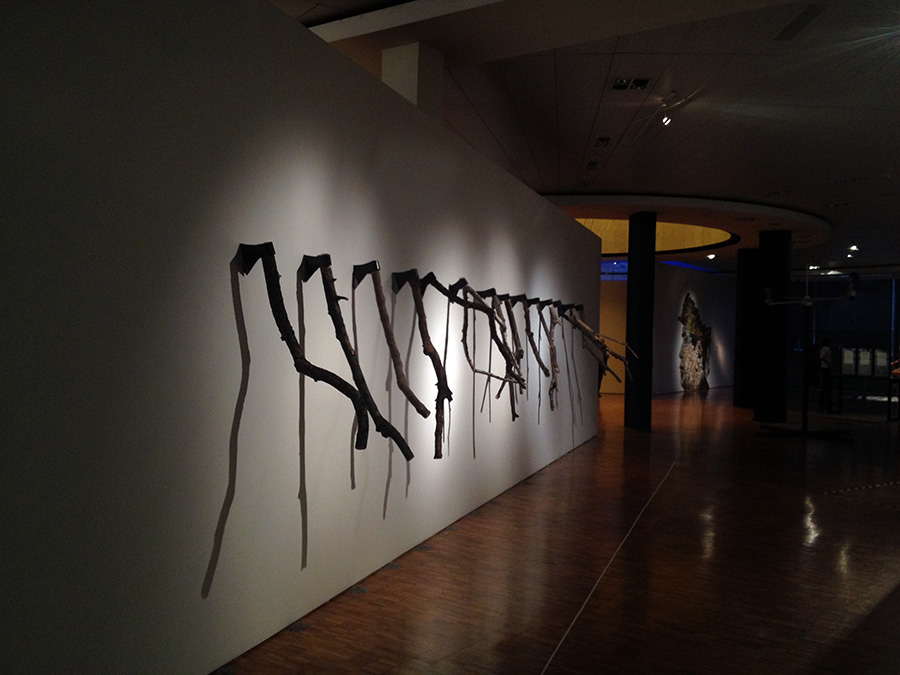
Between the Museo de Arte Moderno and Museo Universitario Arte Contemporanea (MUAC) there was a great deal of Carlos Aguirre (Acapulco, Mexico 1948) to take in this past month in Mexico City. “Zona de Riesgo” was the retrospective of the artist’s work from 1979 to 2014 installed at Mexico City’s Museum of Modern Art. The show was excellent and an amazing overview of an incredibly active artist. In general the exhibition is dark, even macabre as Aguirre appears to be driven by the violence of Mexico from the execution of criminals to excessive contamination.
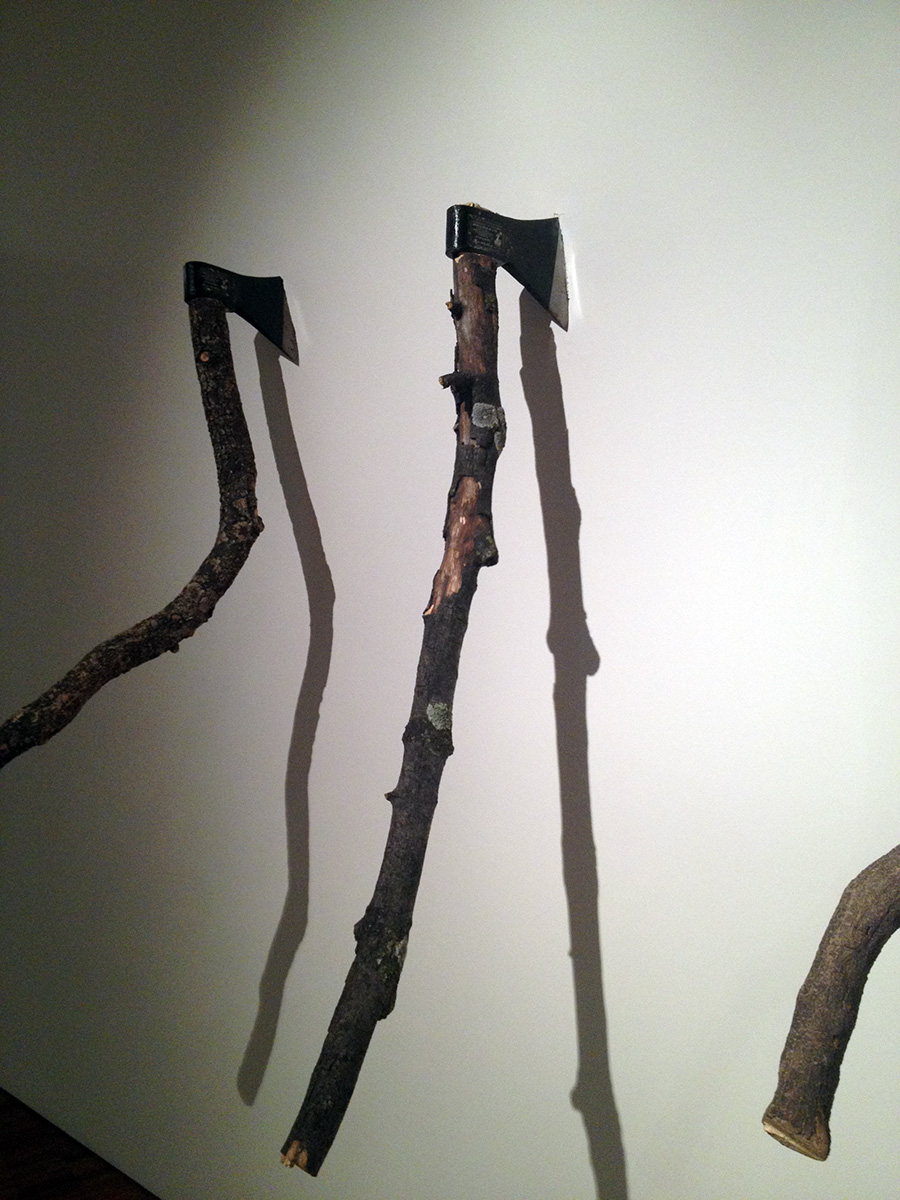
Upon entering the multi-gallery exhibition, one is greeted by a line of axes cleaved into a white wall. The blades of the axes are mounted on to branches, a powerful transformation of the ax that reminds the viewer of the violent nature of deforestation. In the early 1990s, Aguirre visualizes environmental impact with objects that may not be ignored such as blackened human lungs split open and cast in clear material hanging over a box filled with carbon.
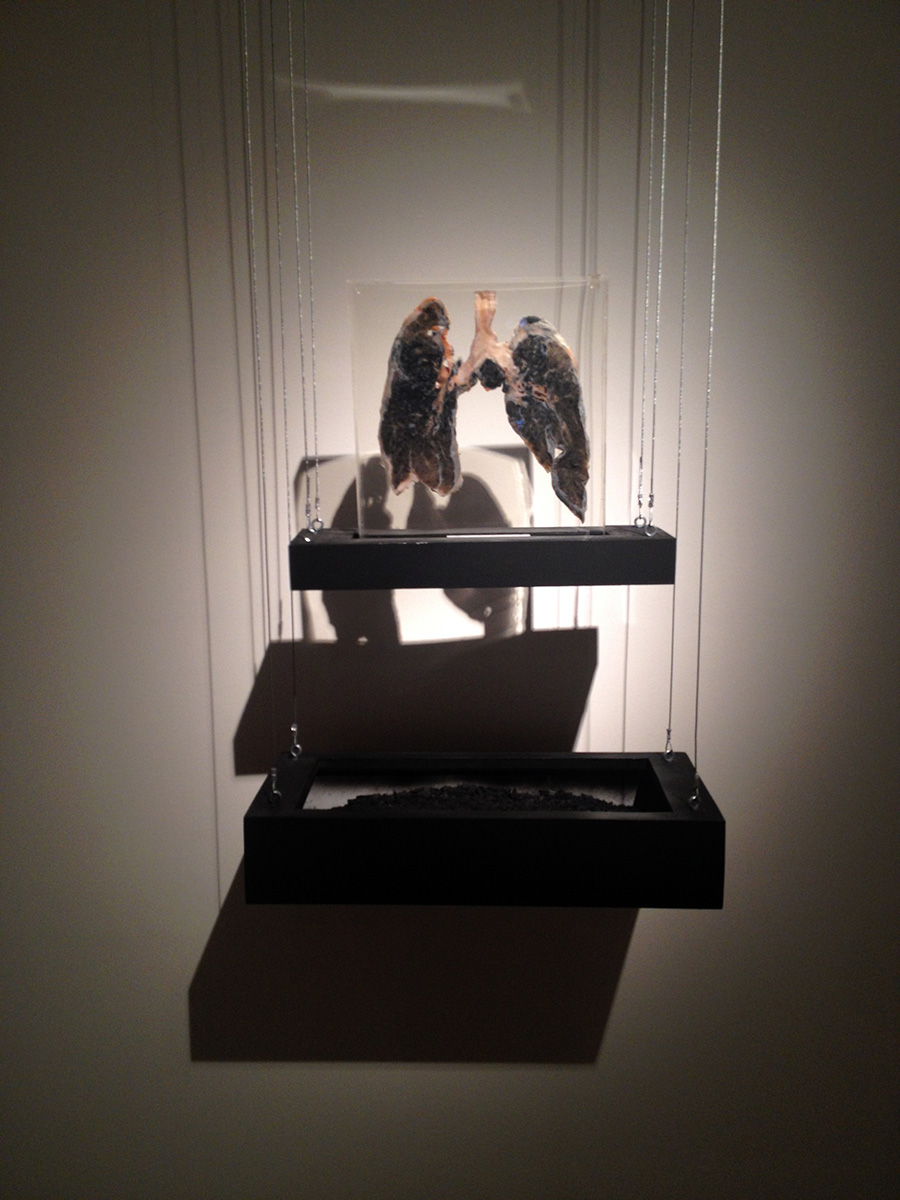
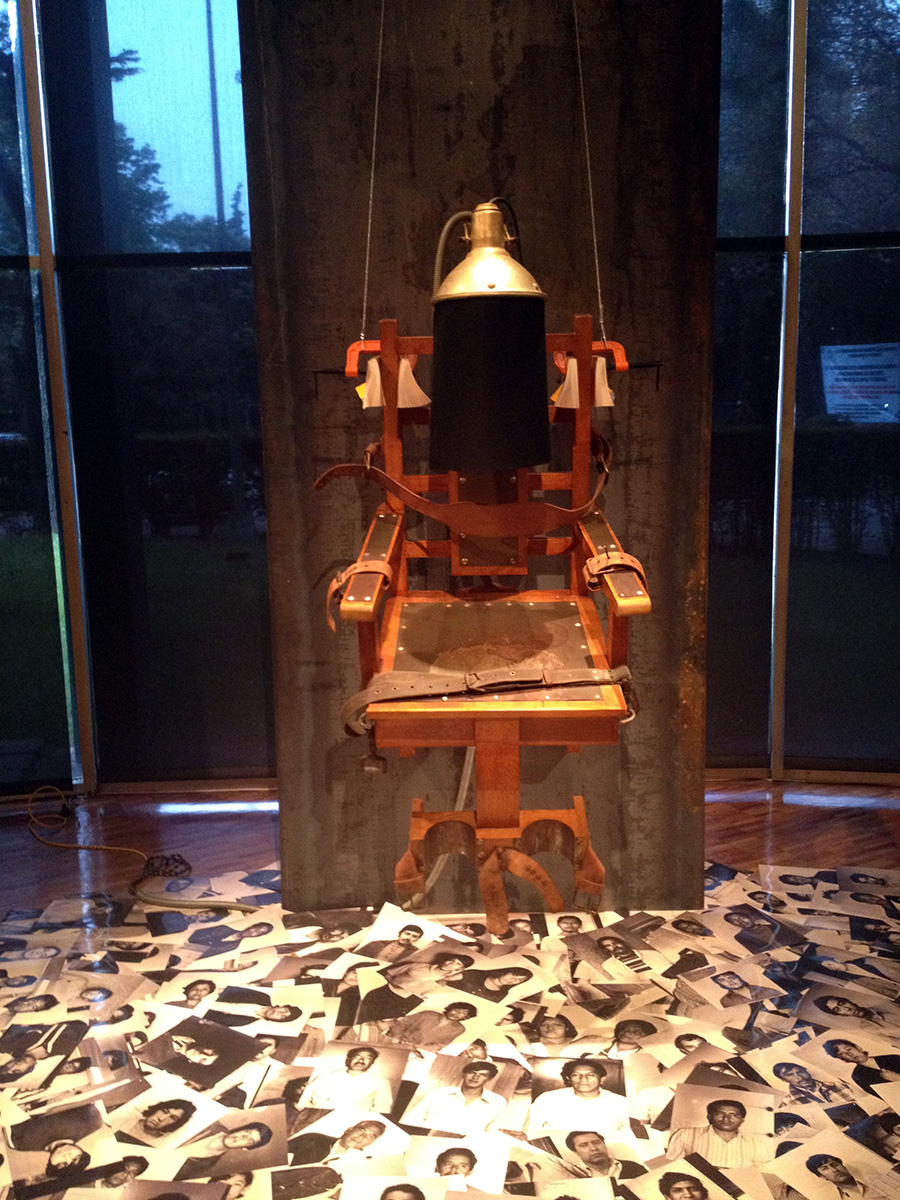
In the next gallery hangs an electric chair and below it the portraits of those executed. Near by is “Los olvidados” (1990), a giant portrait of a man in profile constructed from work gloves used by laborers.
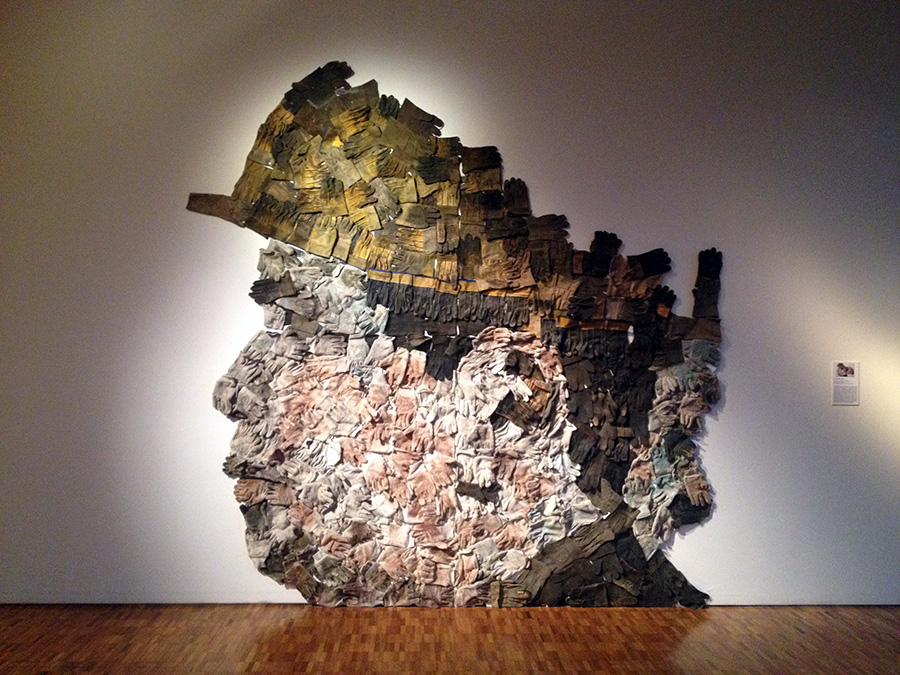
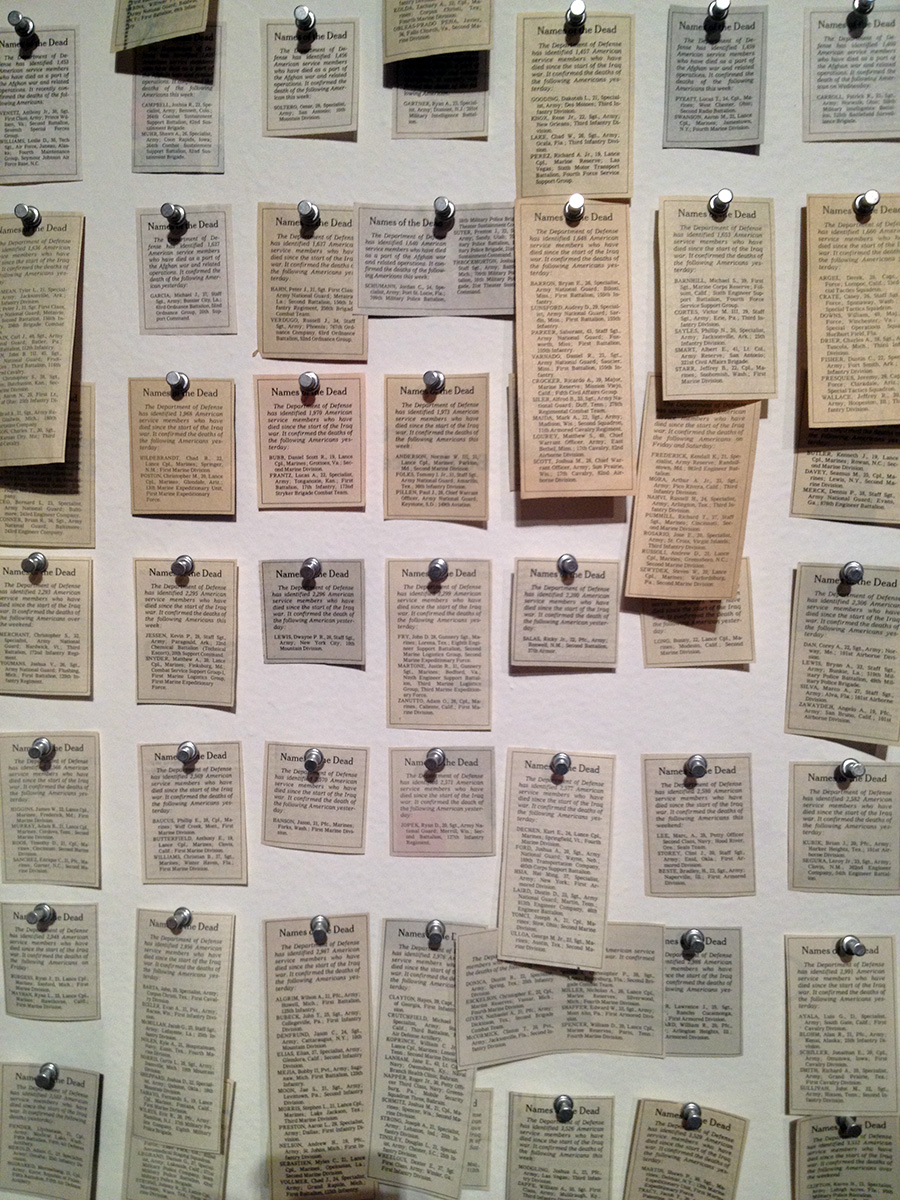
As I continued through the exhibition, I was drawn to a grid of small newsprint cutouts pinned to a wall. It was “Name of Dead” 1139 obituaries carefully cut out and posted to the gallery wall. The various galleries are joined by a large circular and domed area where “Dialectica, inteligencia vs. poder” (1995) is suspended. The piece is composed of many fire extinguishers hanging at various heights and at the center hanging at the end of a metal bar are a human brain and a small bust of Gustavo Díaz Ordaz, the president during the Tlatelolco massacre of 1968 when hundreds of unarmed protestors were shot.
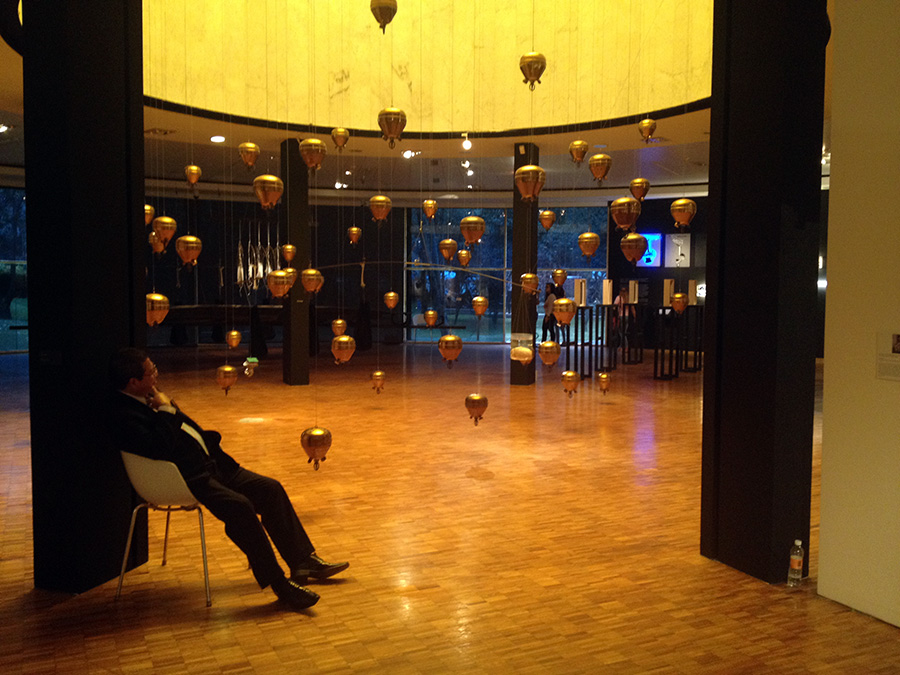
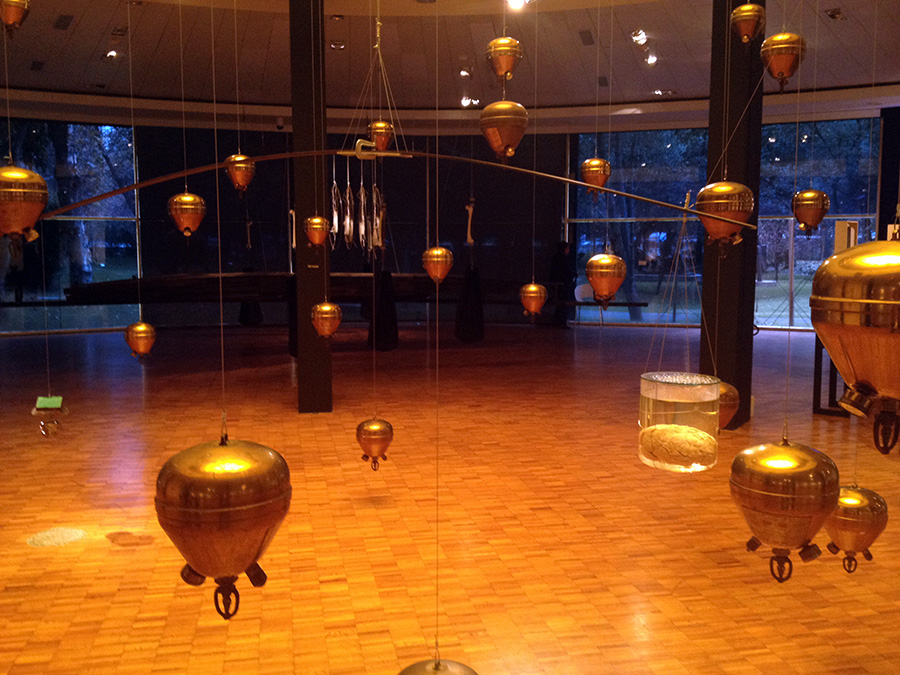
Beyond “Dialectica, inteligencia vs. poder” lies a dirt rectangle upon the floor and above the dirt are many shovels placed upon a wooden structure. When the dirt is inspected one will find human teeth and bones as well as corn.
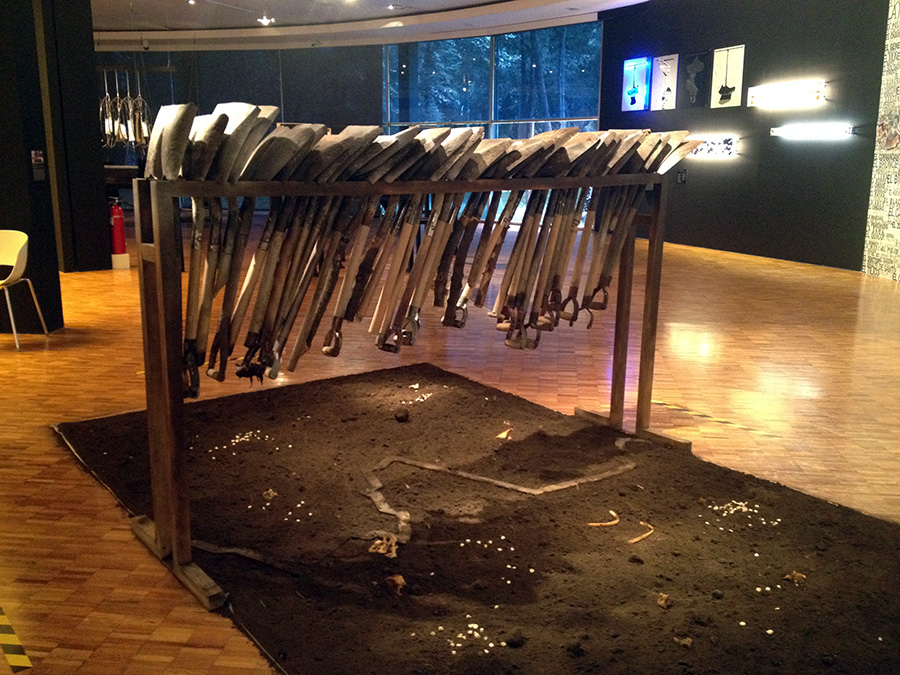
One of the final pieces in the exhibition is a black priest’s robe embroidered with 200 names of victims sexually abused by priests when the victims were children.
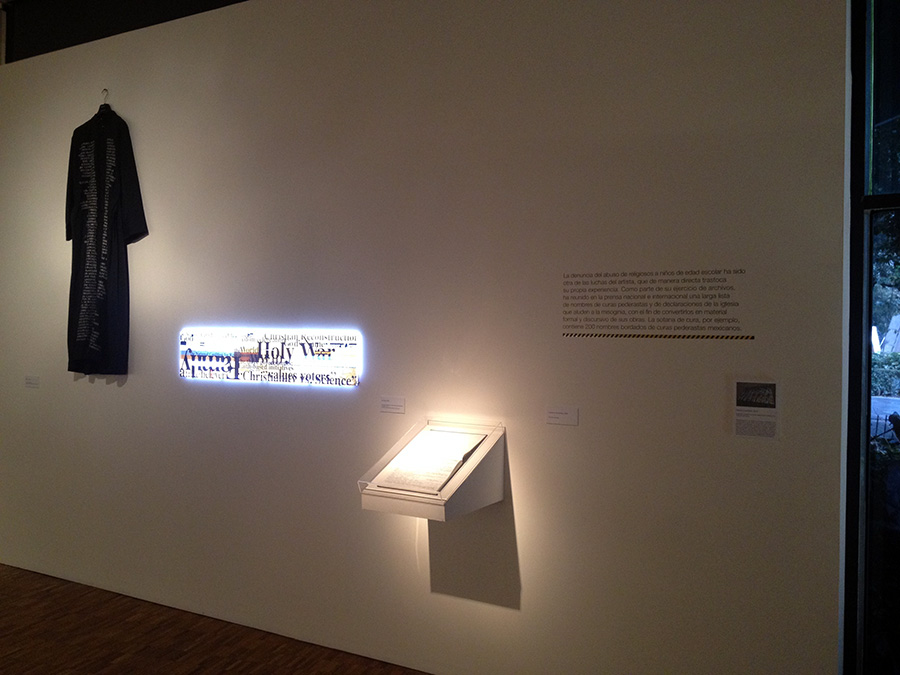
There is not much nuance in the visual metaphors constructed by Carlos Aguirre, instead the work is direct and confrontational. He makes it difficult to ignore the dark realities of our culture, Mexico’s reality is one giant risk zone or zona de riesgo.
At MUAC there is a large retrospective of the artist collective Grupo Proceso Pentágono in which Carlos Aguirre played a role during a period of time. For this exhibition, Aguirre rejoined the group to create a critique of the 43 missing students who disappeared on the night of September 26th 2014.
Walking Mexico City
Yesterday, Friday September 25, 2015, I enjoyed a free day in Mexico City (free of any work as I’m here for Transitio_MX 06). I headed to el Bosque de Chapultepec where I went to the Museum of Modern Art and then to the National Museum of Anthropology. The two exhibits that I enjoyed in particular at the Modern Museum were the solo exhibitions by Lorena Wolffer and Carlos Aguirre, both contemporary Mexican artists and both politically oriented. Carlos Aguirre being the older of the two appears to do primarily representational art inspired by violence in Mexico. Whereas Lorena Wolffer creates participatory work and does public actions, primarily related to violence toward women. Below are images from the travel to Chapultepec with the exception of this first image from Condesa.
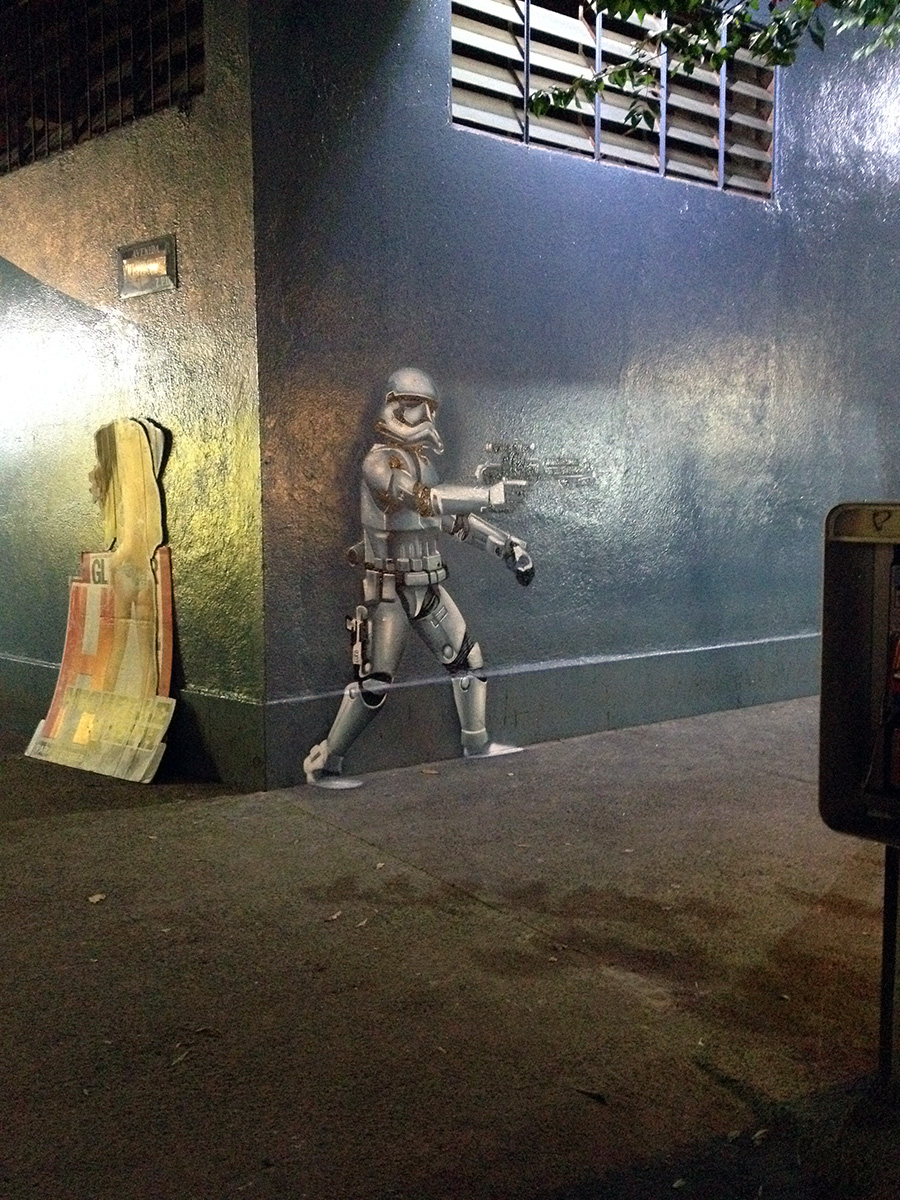
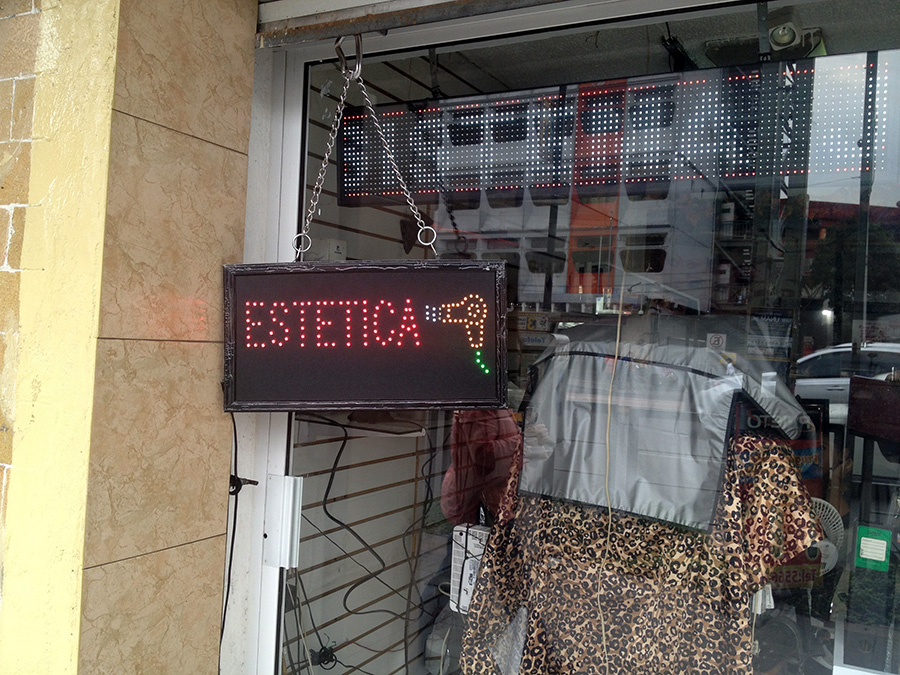
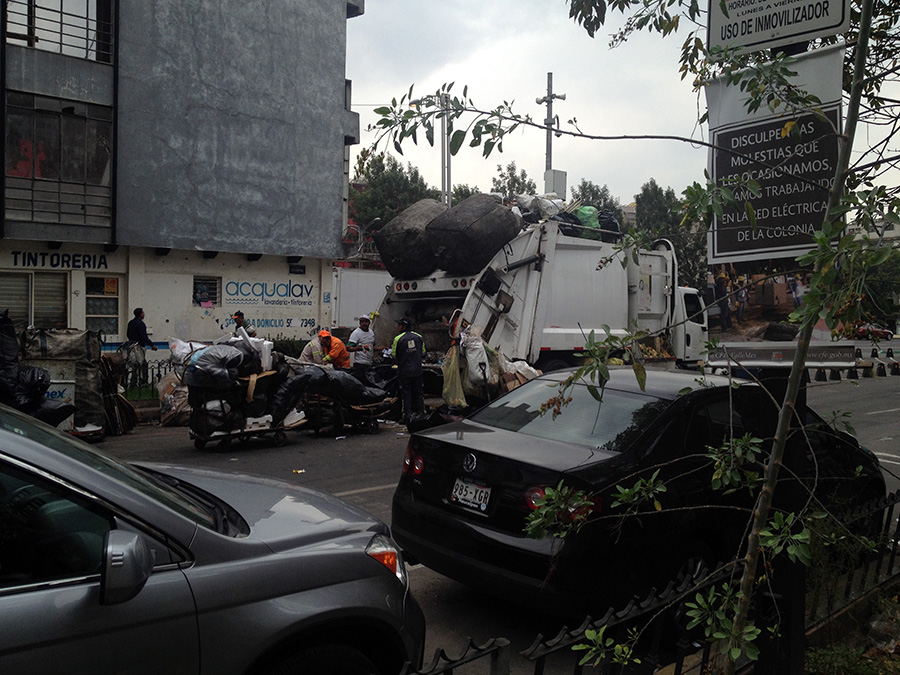
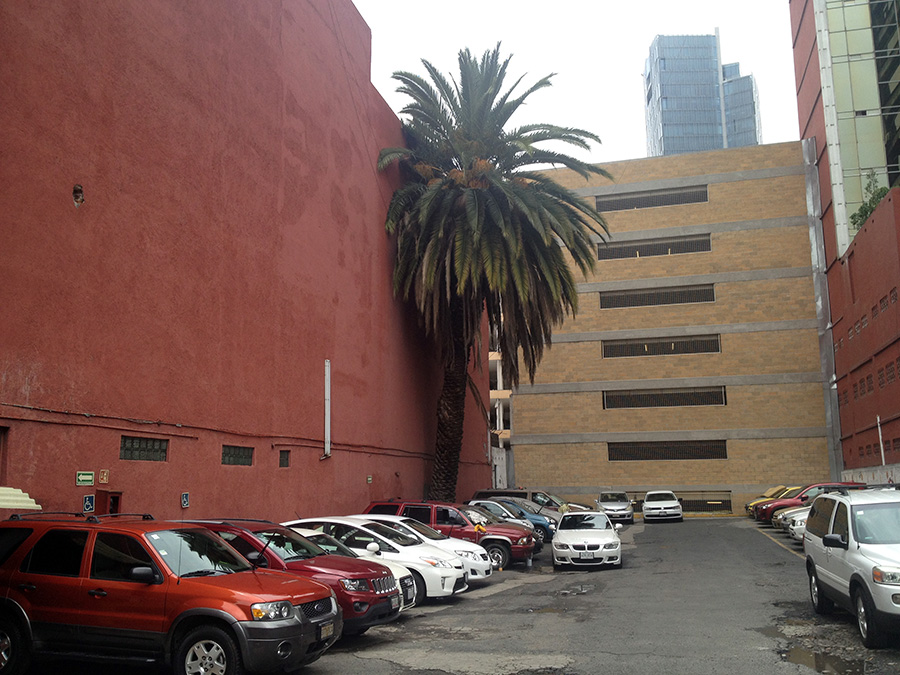
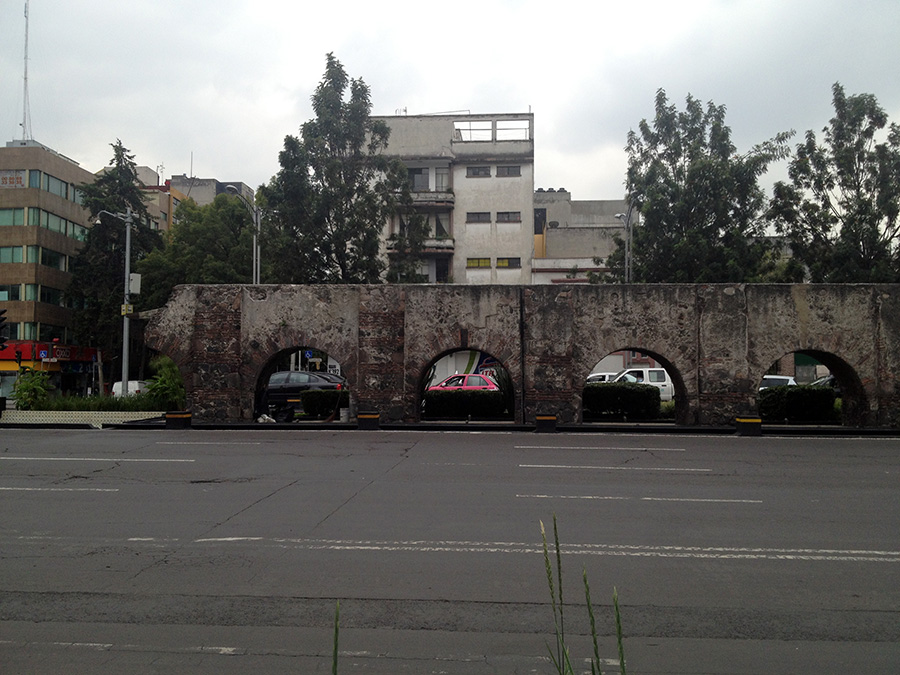
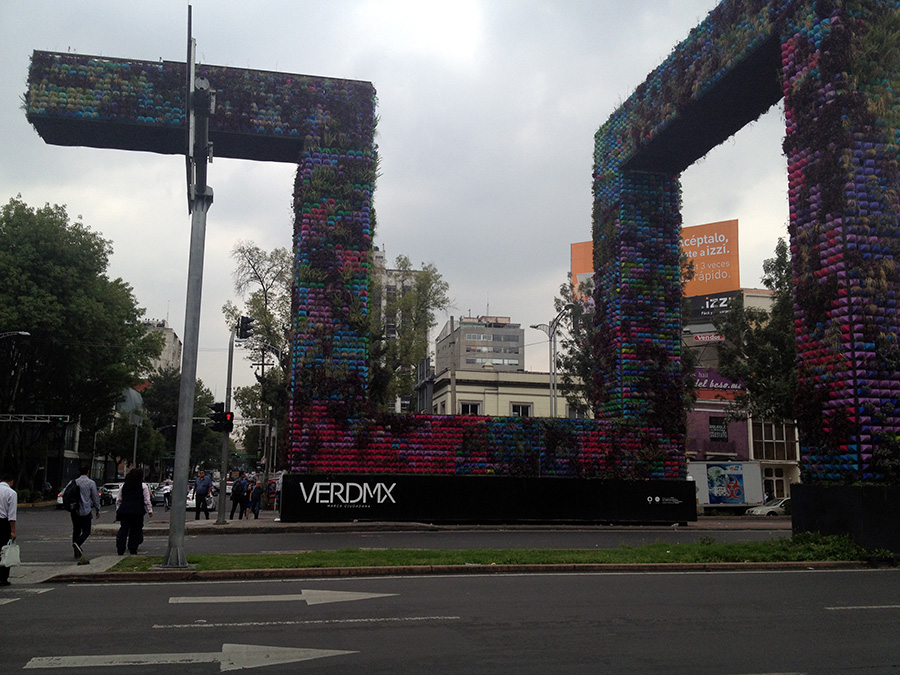
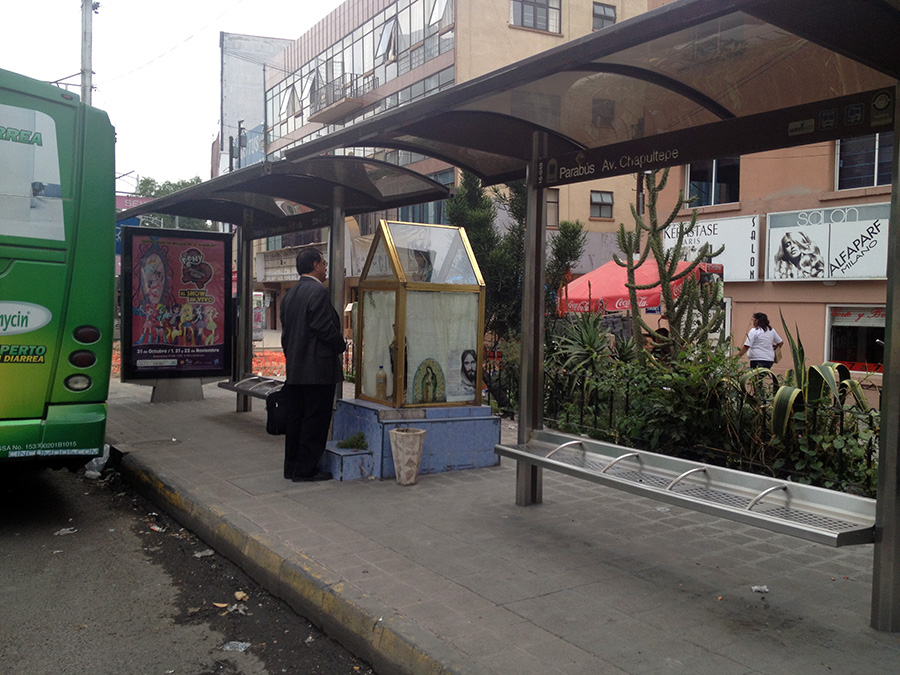
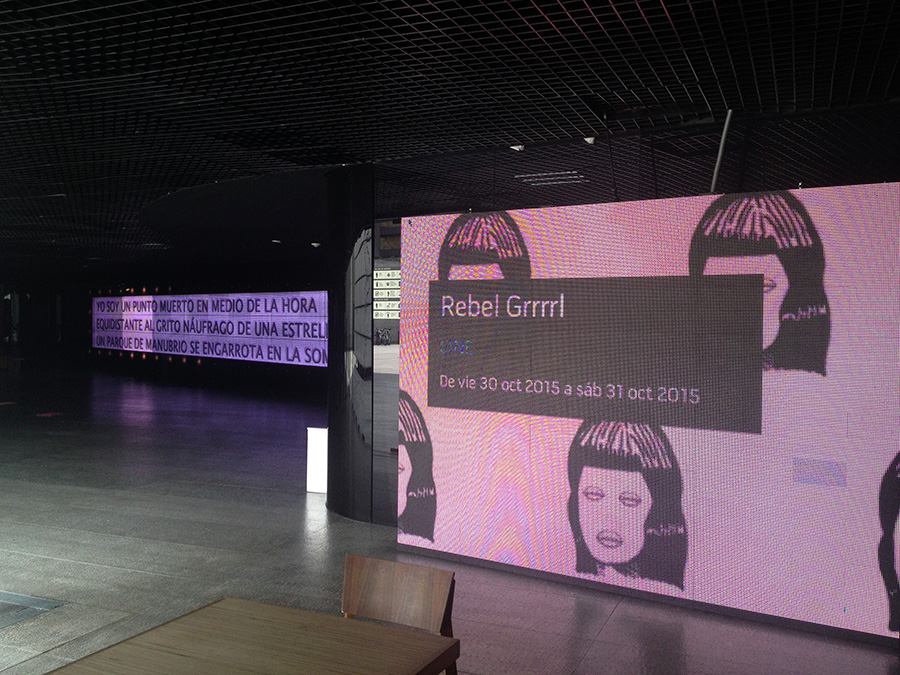
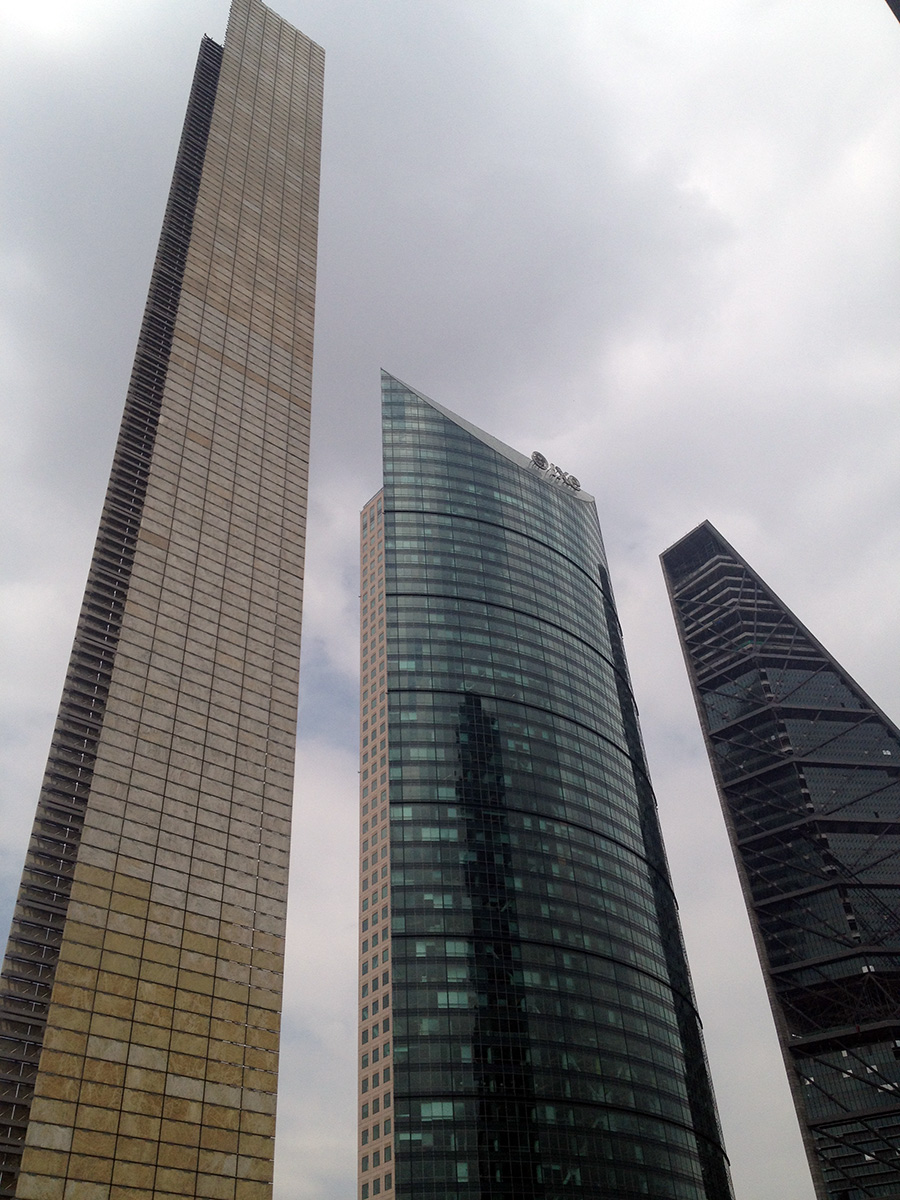
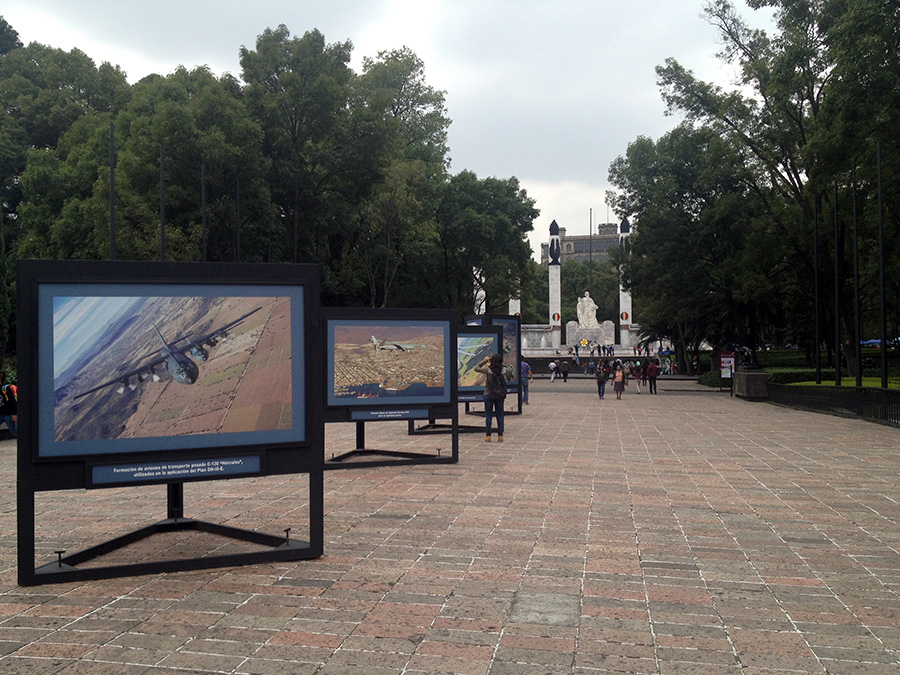
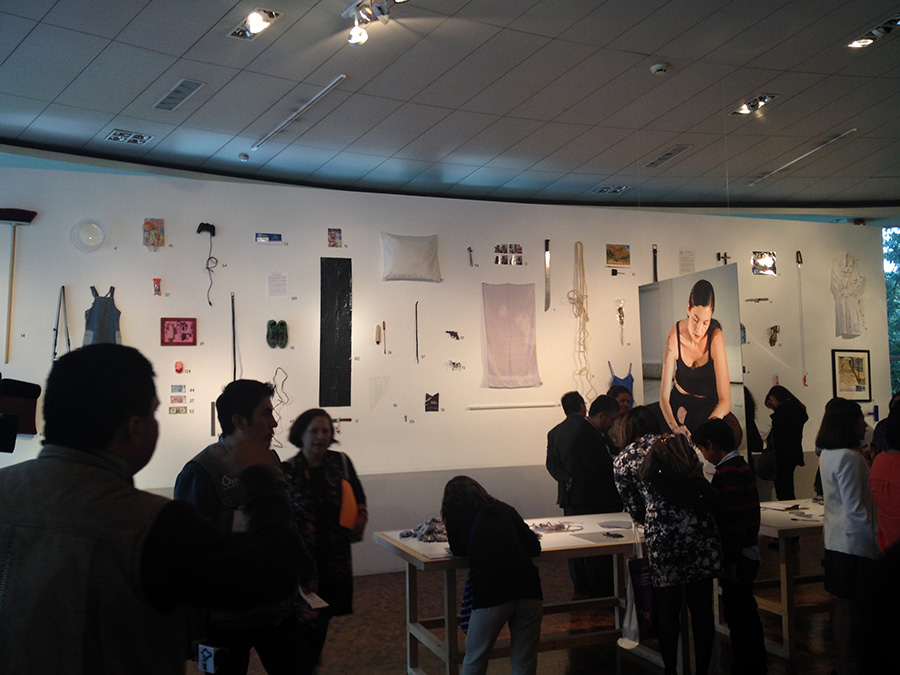
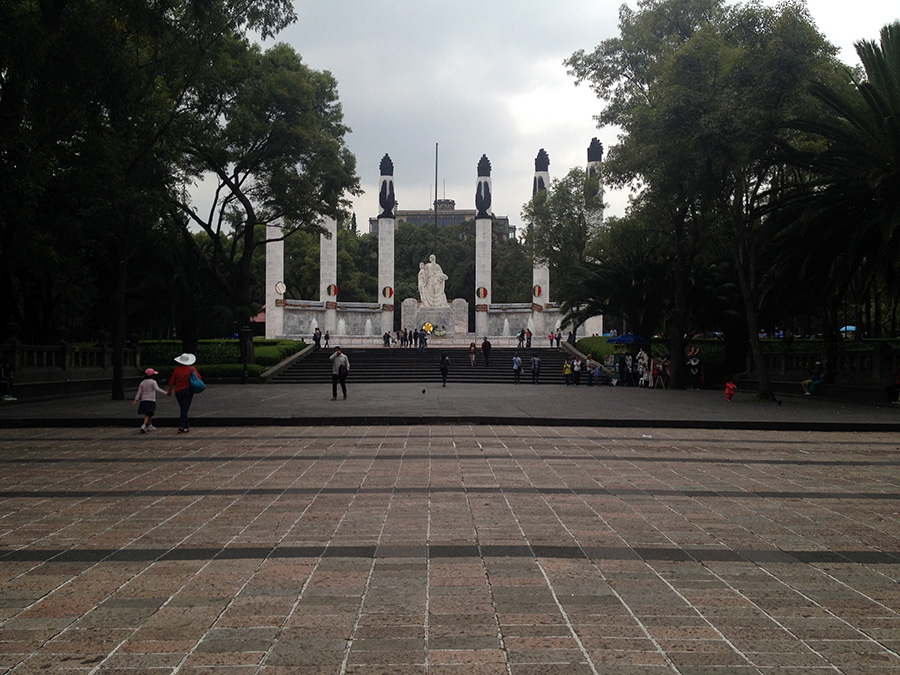

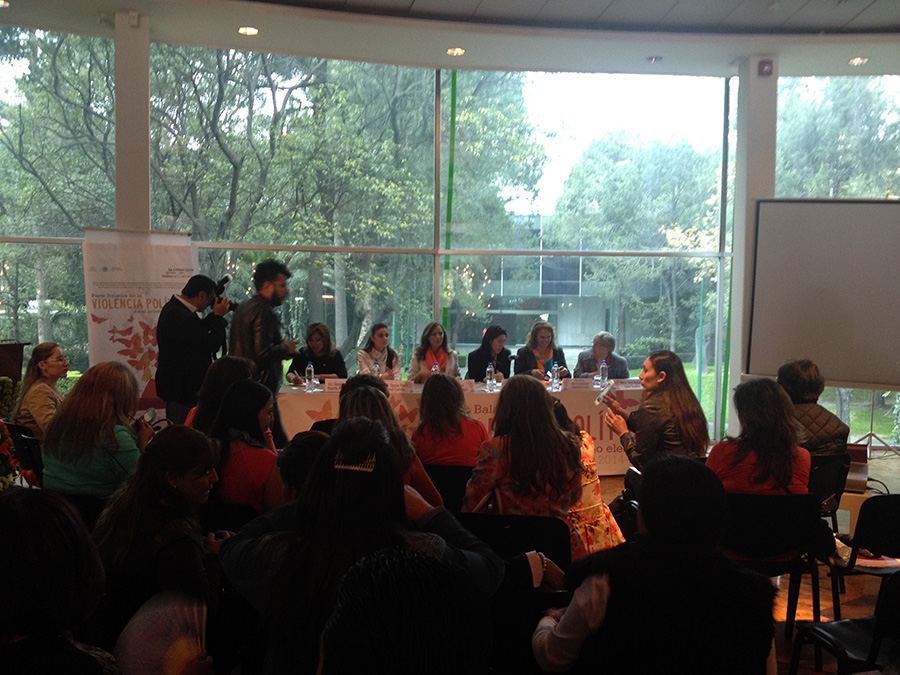
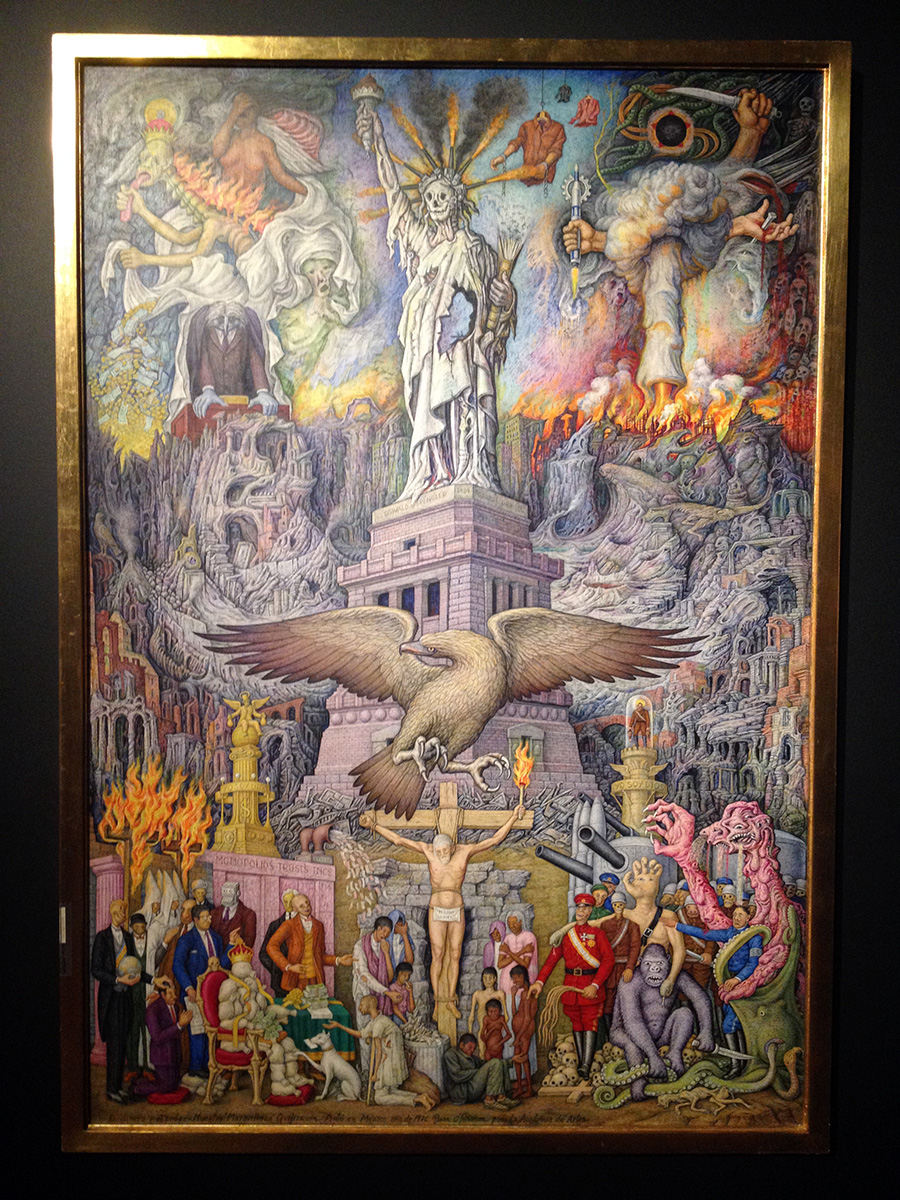
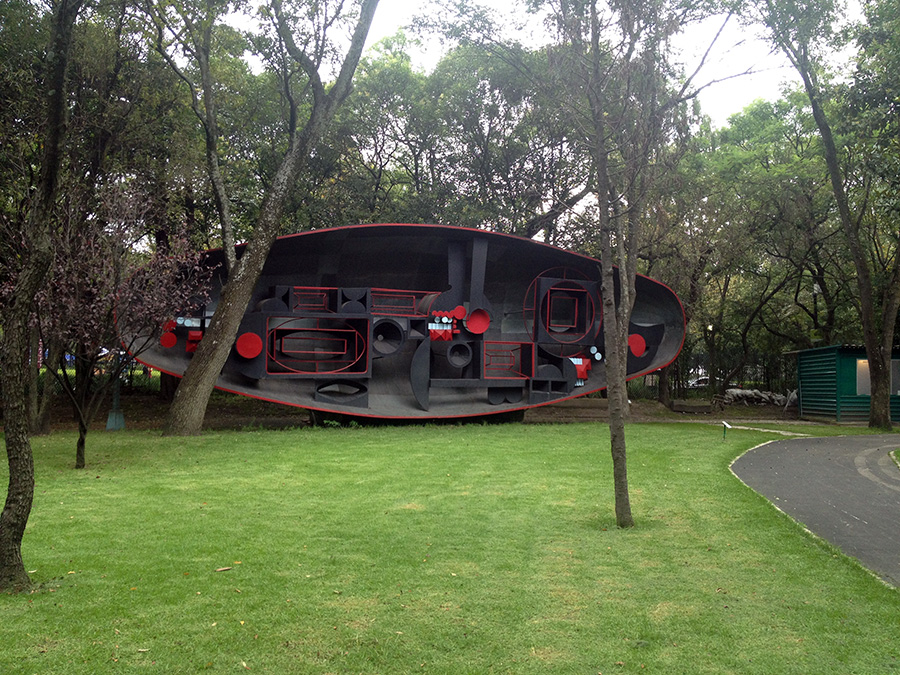
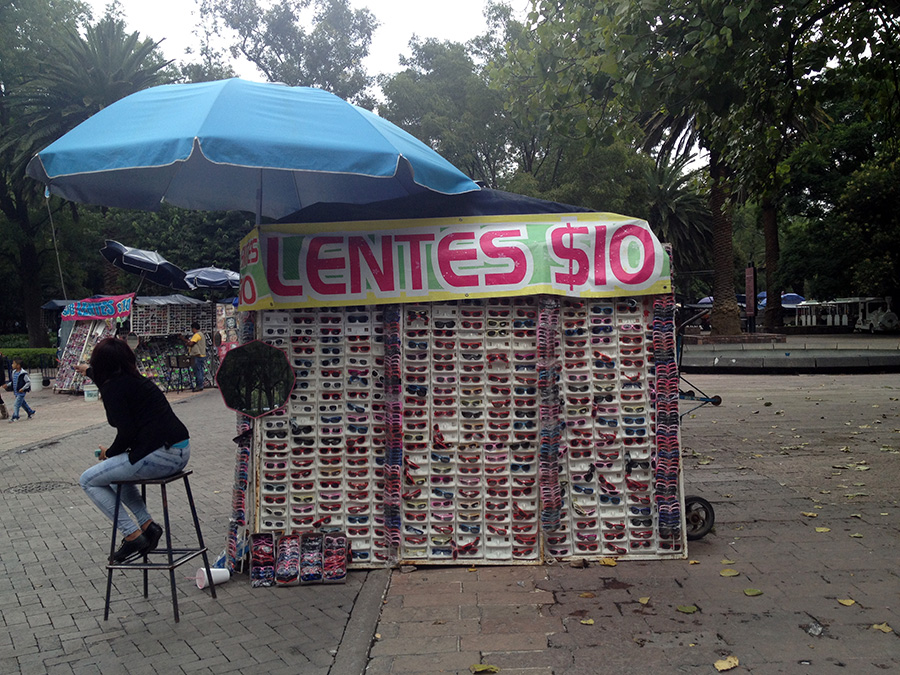
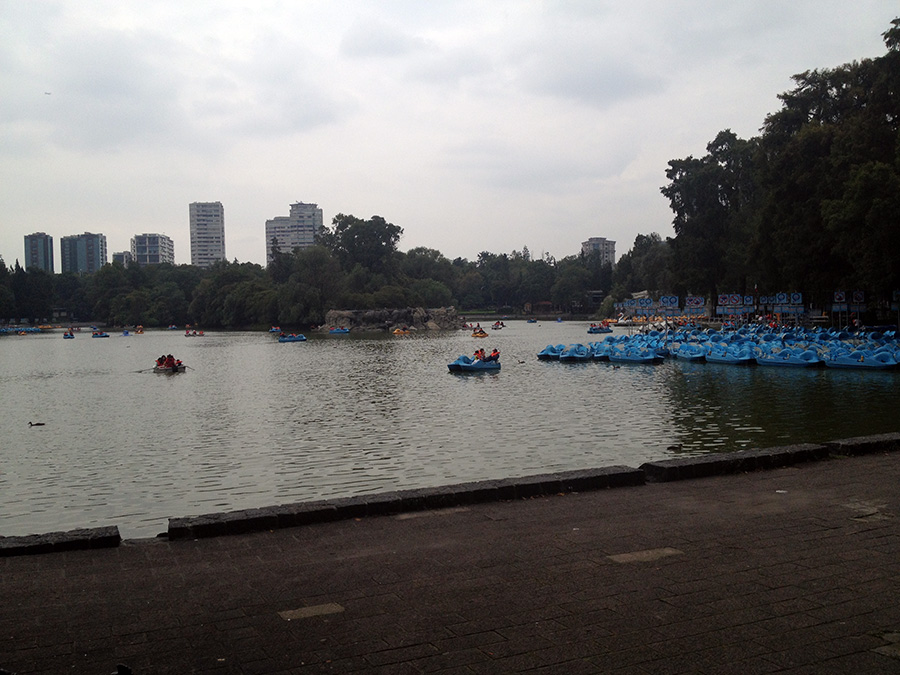
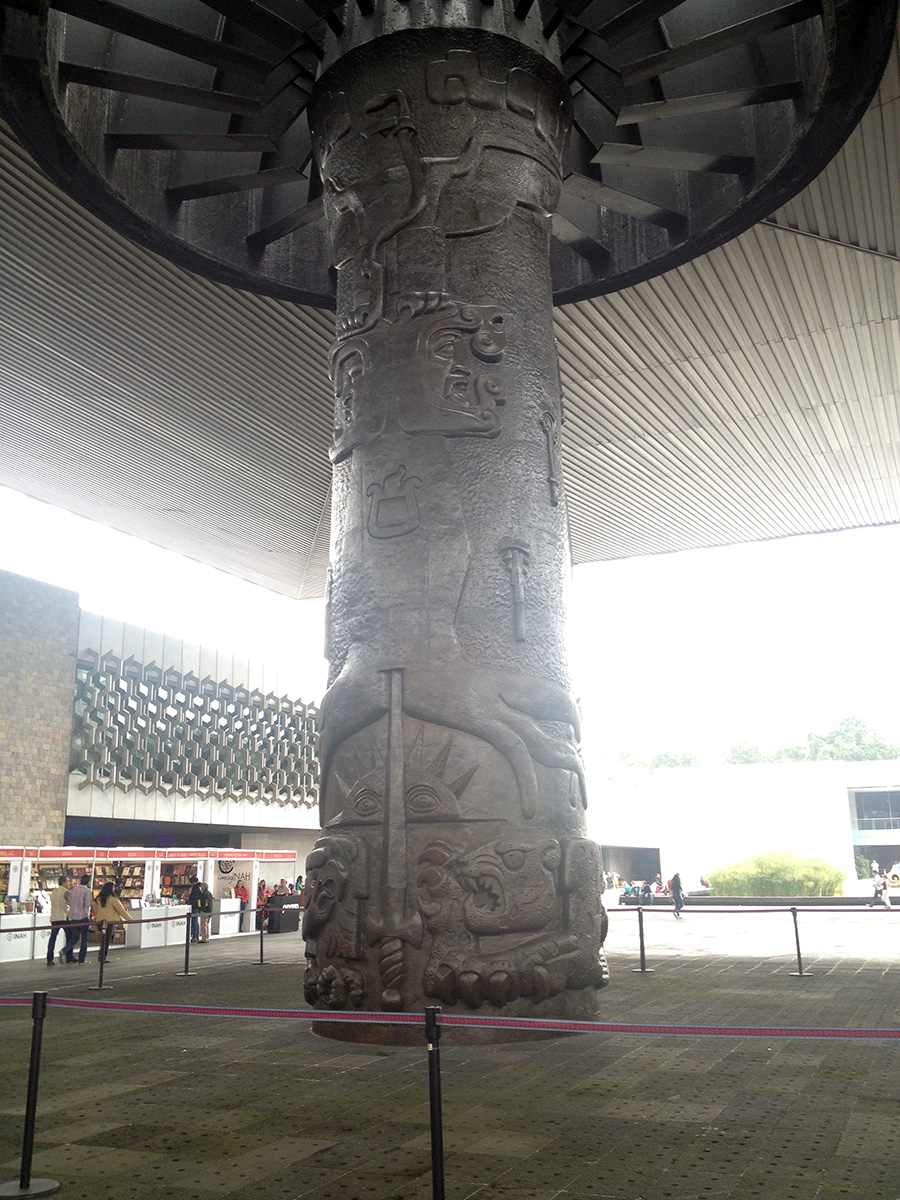
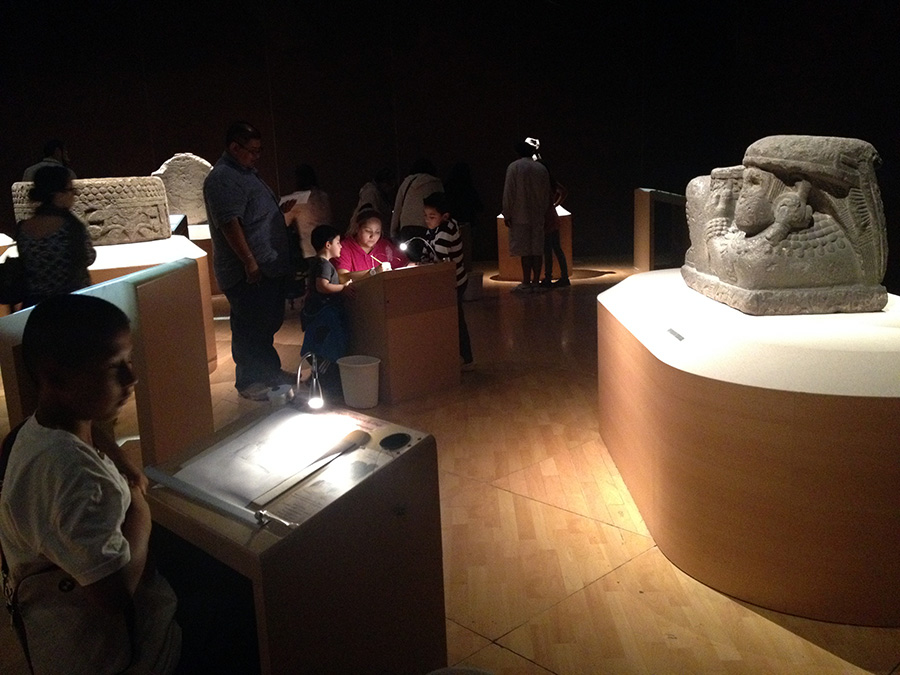
I love these drawing desks, placed in front of the Aztec sculptures so that anyone may sit and render the sculpture.
“una geographia de ser” at Transitio_MX
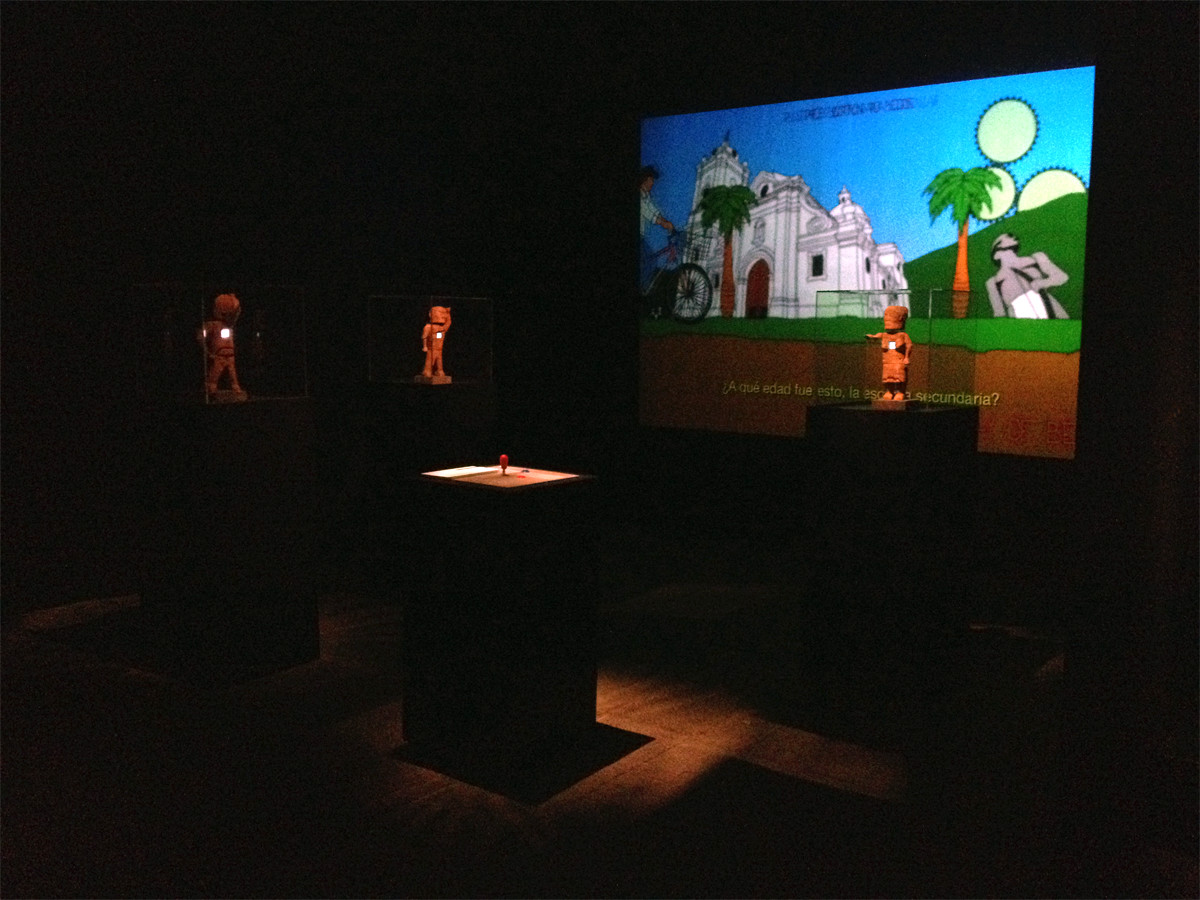
Opening this Friday, September 25th 2015 “a geography of being: una geografia de ser” as part of Transitio_MX, Festival de Artes Electrónicas y Video, on view through 4 October, National Center of the Arts, Mexico City. The festival consists of various exhibitions, workshops, lectures and discussions. “a geography of being: una geografia de ser” is part of the exhibition “play ? game [play[not]game] //más allá de la caja negra (beyond the black box)” curated by Brian Mackern.
Since 2005, The National Council for Culture and Arts, through the National Center of Arts and the Multimedia Center, has been organizing the Electronic Arts and Video Festival, Transitio_MX, which has become Mexico’s most important platform for expression and contemporary practices in artistic creation that are linked to technology, as well as hybrid productions created by the merge of art, science, technology and humanities.
Play “a geography of being: una geografia de ser” online or with Spanish subtitles.
a geography of being is an interactive art installation that reflects upon the dynamics of the undocumented immigrant population in the United States, specifically in relation to undocumented youth. The installation consists of wooden kinetic sculptures with animated displays titled “Undocumented Drones” and a video game that places the player in the role of an undocumented youth that must face several challenges in the search for self-determination beyond the imposed constraints of citizenry. The visitor to the installation plays the game, the “Undocumented Drones” react to game play and may help the player along. The installation was on view at The New York Hall of Science from October 27, 2012 to January 13th, 2013 as part of the exhibition ReGeneration.
The installation has been produced with the help of Cesar and Vishal, two young men who immigrated to the United States as young children. Their experiences and observations helped develop the game and determined the final goal of the game – self-determination. The conversations with Vishal and Cesar were incredibly revealing and extended the question of citizenry beyond civil status or politics to personal psychological realities. These are personal realities that effect friendships, romantic relationships as well as day to day life. For these two young men, a defining role has been that of activists and forming a powerful community in the New York State Youth Leadership Council.
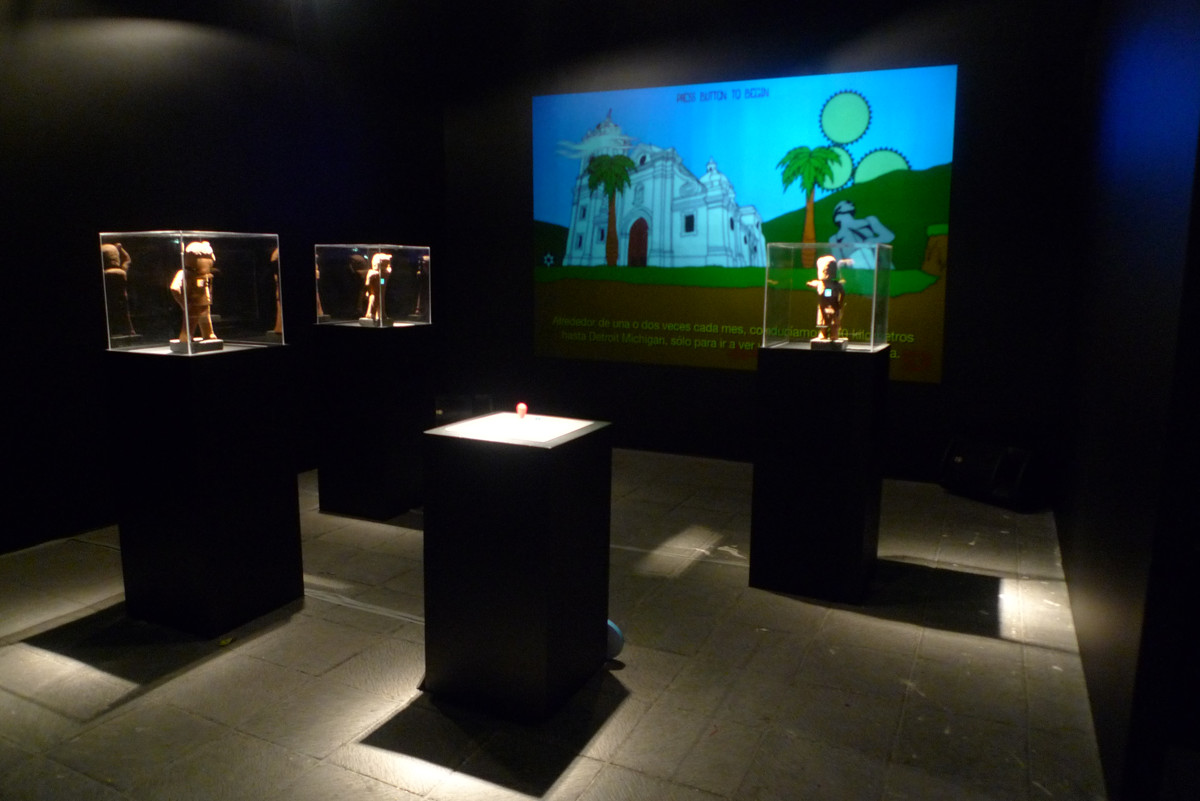
Transitio_MX 06 Cambios Compartidos Opens 9/25
This year’s installation of Mexico City’s Festival of Electronic Arts and Video Transitio_MX 06 is titled “Cambios Compartidos” (“Shared Changes”) and opens Friday September 25th and runs through October 4th at the National Center of the Arts. “a geography of being : una geografia de ser” will be on view and the game is available to play online.
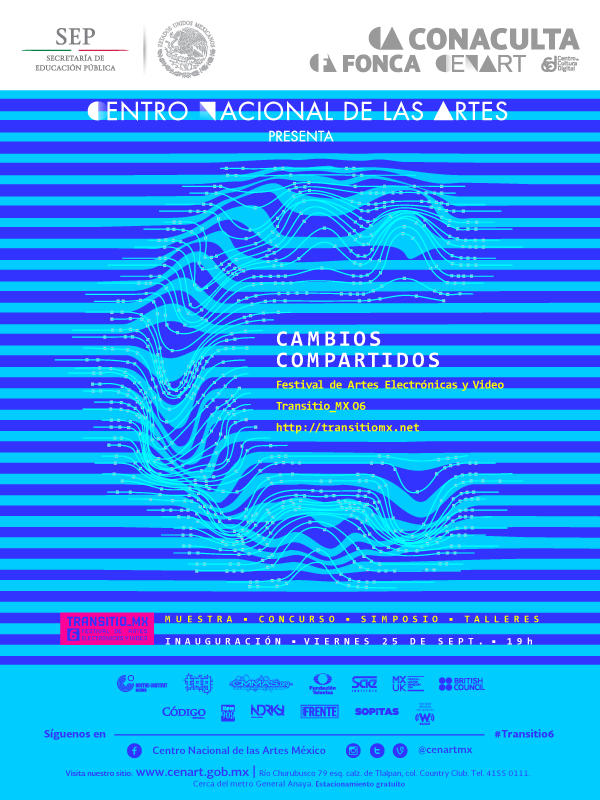
ToxicSites.US Has Launched!
ToxicSites an interactive data visualization and sharing platform exposing the worst toxic contamination sites in the U.S. launched today at Photoville.
Toxic Sites pieces together complex data from the Environmental Protection Agency (EPA) to explore the over 1300 Superfund sites, or the worst toxic contamination sites, in the U.S. The project is by media artist Brooke Singer and funded by the Open Society Foundations’ Documentary Photography Project.
Programming at Toxic Sites during Photoville:
Dr. Sarah Durand, Biologist
Saturday, September 12 from 2-4pm in the Toxic Sites tent at Photoville
The Greenpoint Bioremediation Project (gBP)
Sunday, September 13 from 4-6pm in the Toxic Sites tent at Photoville
Gowanus Canal Walking Tour with The Gowanus Canal Conservancy
Friday, September 18 from 10:00–11:30am at Union Street Bridge (Union Street between Bond and Nevins Streets, Brooklyn 11215)
Gowanus Canal Clean & Green Paint Out
Saturday, September 19 from 10am-4pm at The Salt Lot (2 Second Avenue, Brooklyn 11215)
Public Lab Ghost Stream Mapping
Saturday, September 19 from 12–4pm in the Toxic Sites tent at Photoville
FAILE at the Brooklyn Museum
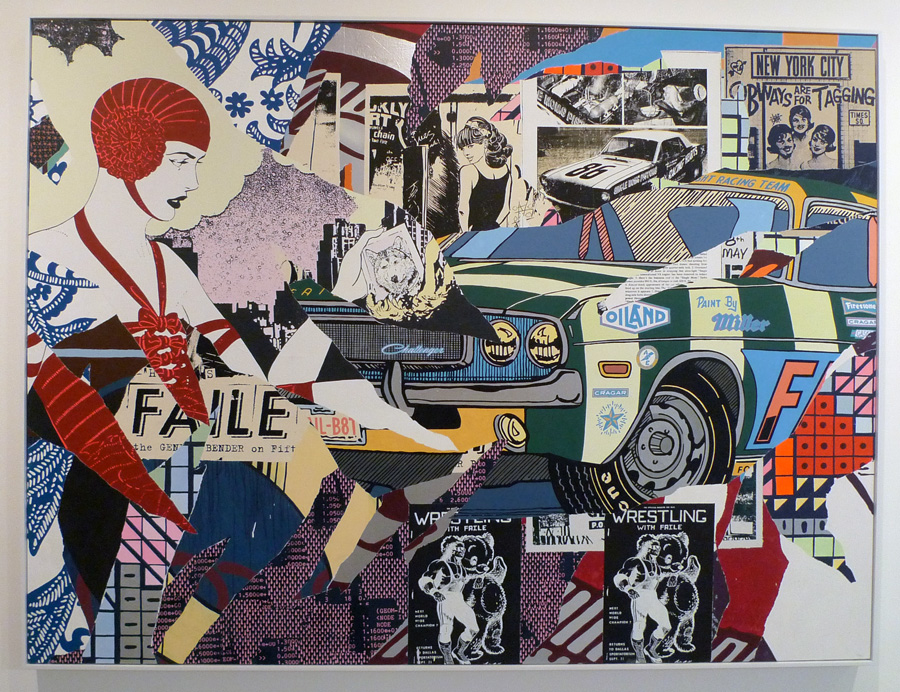
“FAILE: Savage/Sacred Young Minds” at the Brooklyn Museum is the epitome of hipster art. It’s fun, participatory, ambitious, cool, but lacks substance. I enjoyed the work visually and appreciated the nod to rock posters and arcades, but as with the video games presented, the work is not layered or nuanced or provocative. (The video games are worth playing for only a minute as they are more so about hip graphics and chirps, than game play or social commentary as much of game art is.)
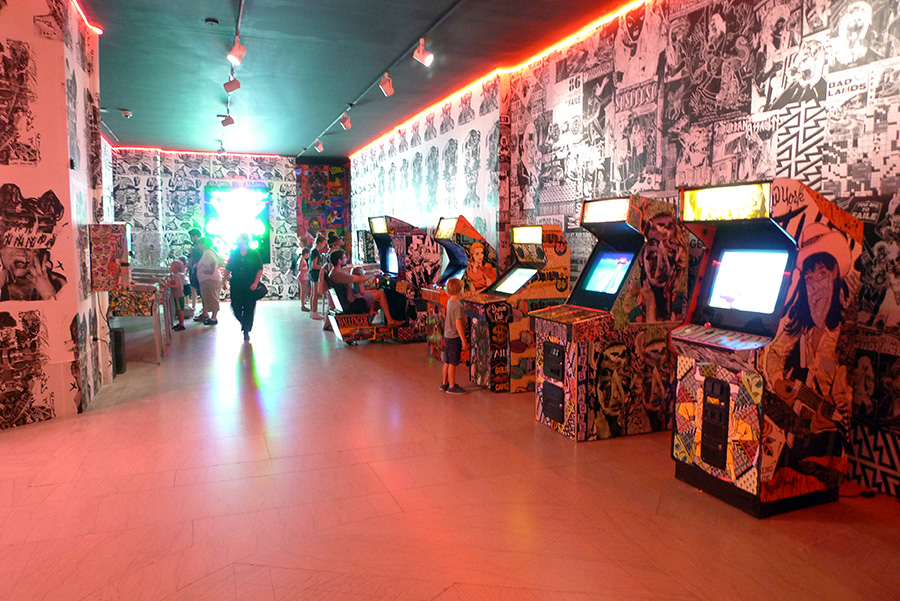
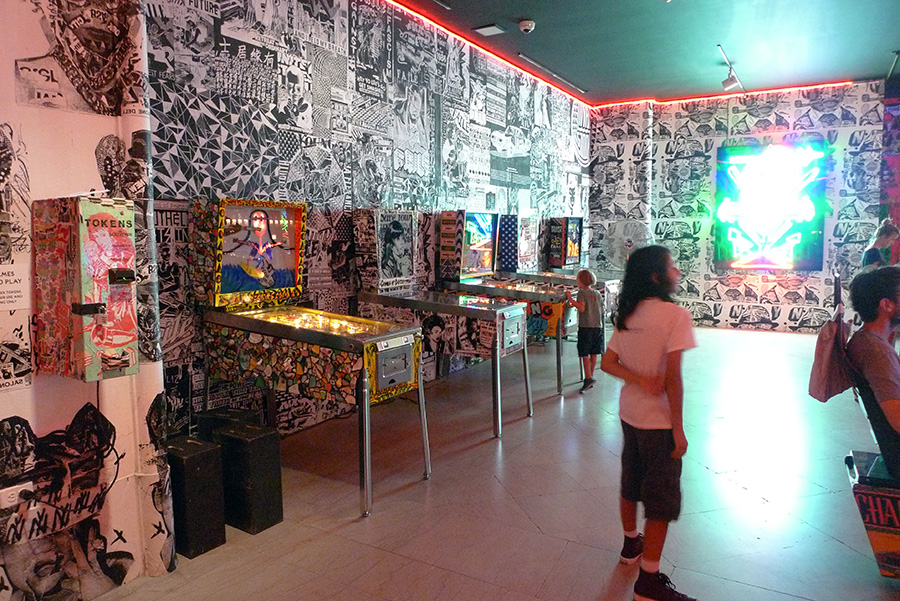
“Temple,” a sculptural structure reminiscent of a classical temple or mausoleum in ruin is the most striking work. The ceramic and iron work is highly detailed. At the rear center where one might find an alter is a male torso with a horse head wearing goggles and an oxygen tank. It is an end-of-times idol. An ironic creature more foreboding than an object of worship. The beautifully detailed work is unfortunately riddled with kitsch and self-labeling as the name “FAILE” is embedded in the work. I suppose that the kitsch as well as the identity stamped throughout the work is a critique of consumer culture. Unfortunately the identity FAILE is so prevalent in the work that the art itself becomes objects of consumer culture, hip, cool to look at, but one walks away with nothing. Perhaps that is the goal.
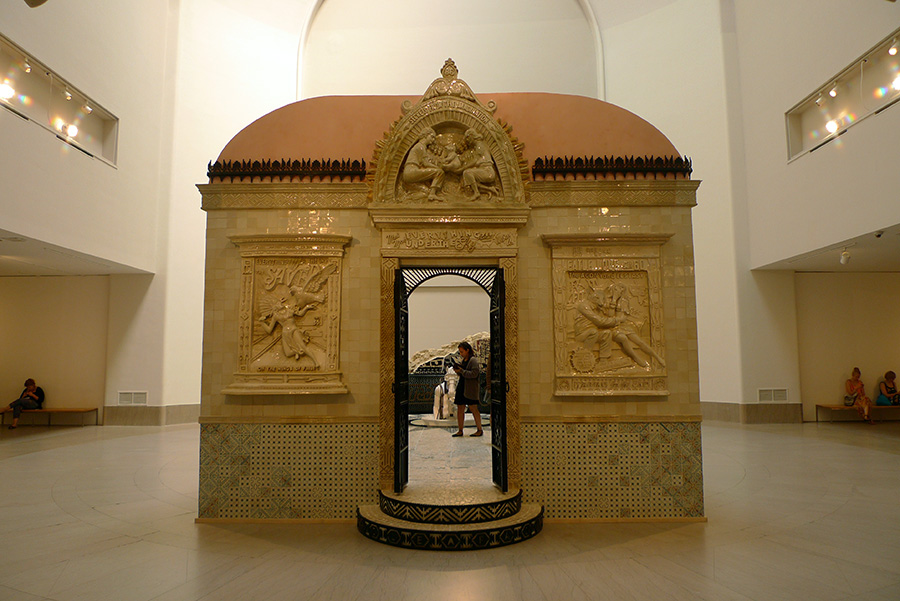
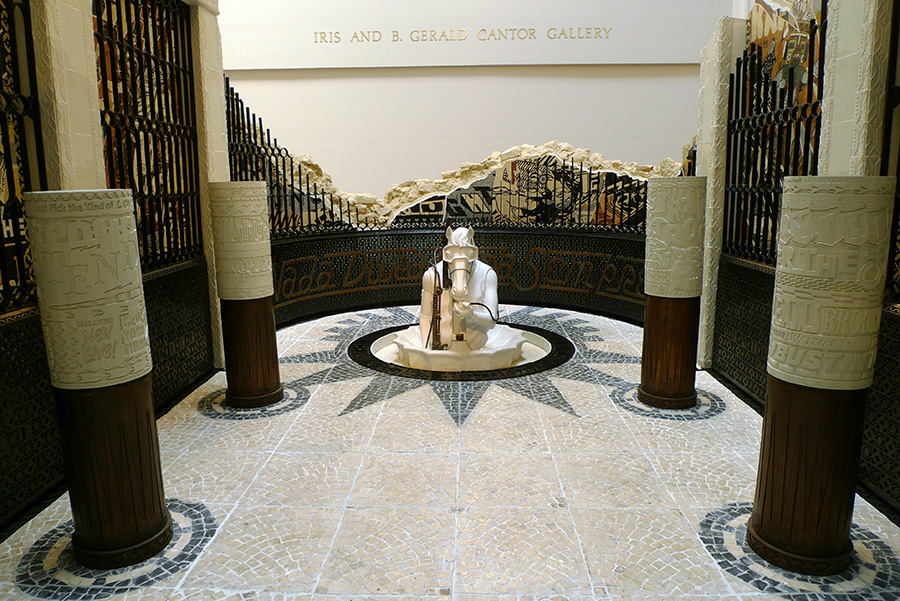
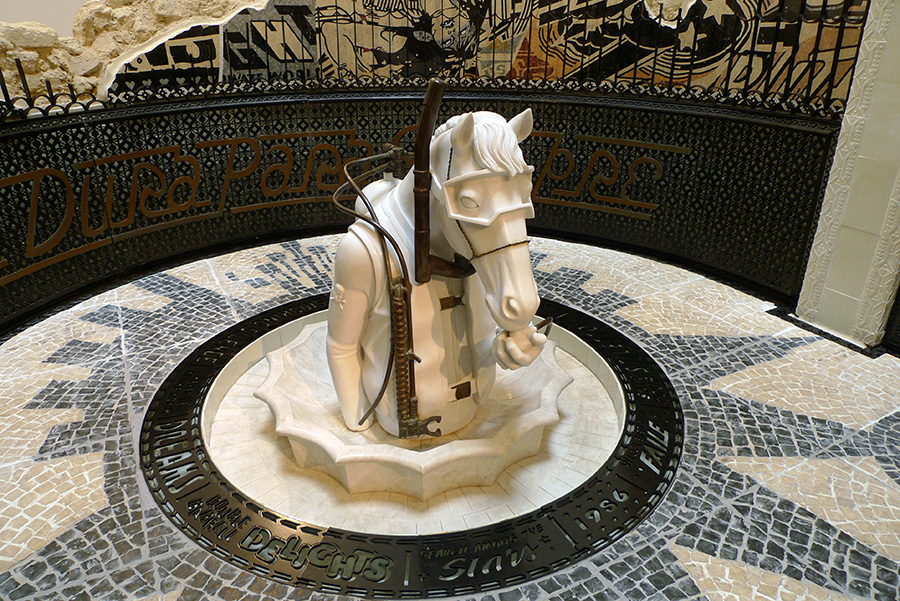
Two recent sculptures “Wolf Within” and “Fantasy Island” are monuments to youth culture – white, hipster youth culture. Not surprisingly, FAILE – Patrick McNeil and Patrick Miller are a couple white dudes based in Williamsburg.
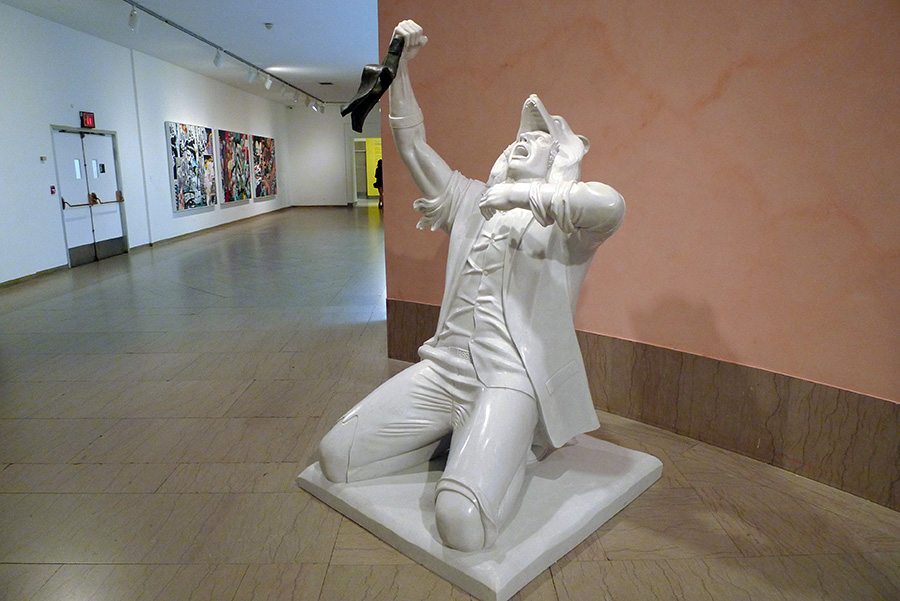
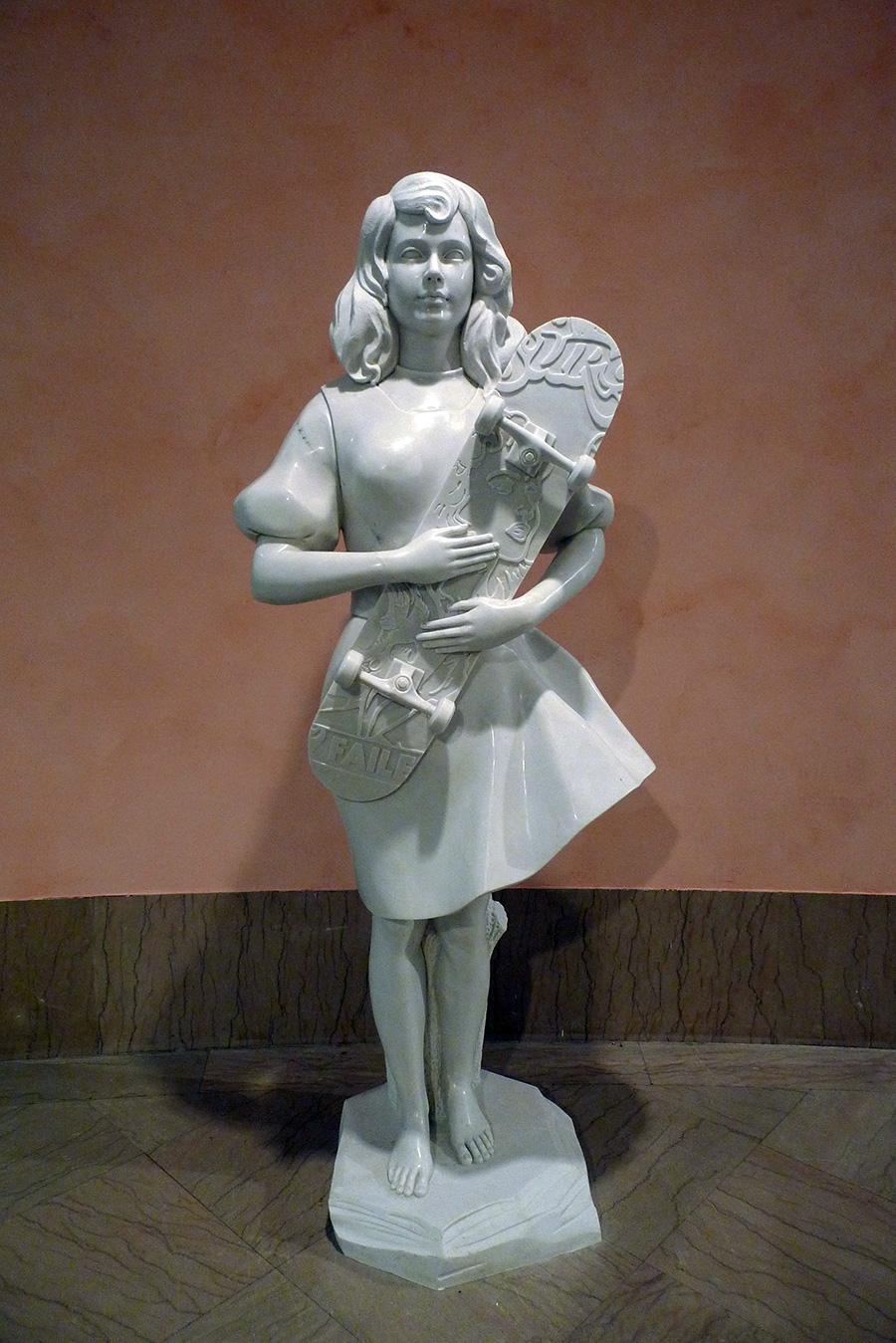
There is so much craft and attention to detail that I want the work to tell complex tails, but it is also such a cacophony of stuff that the work lacks an anchor, a base to reflect upon and allow me as a viewer to traverse. As soon as I start enjoying one tableau, I’m jolted by some kitsch material lifted from a 50’s movie poster or pulp book cover.
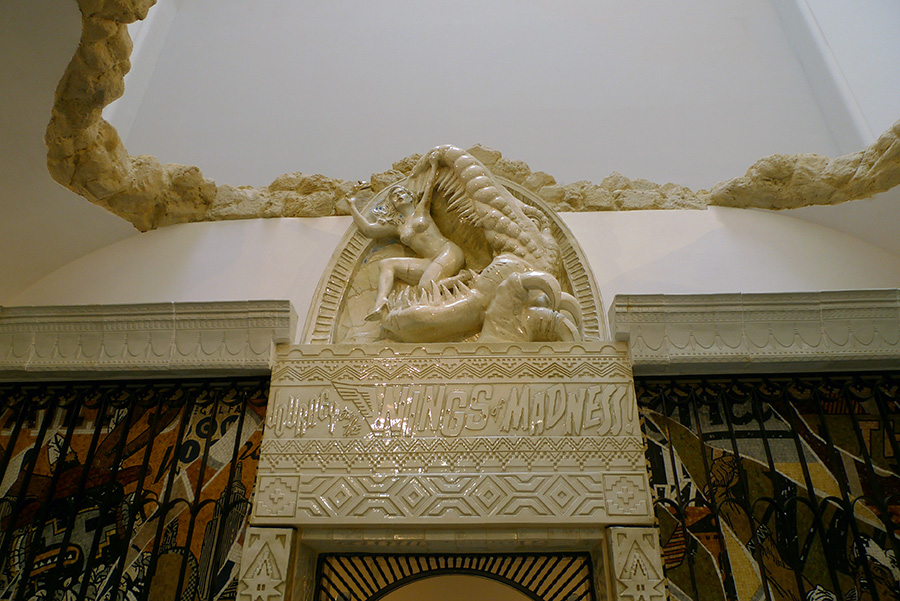
Lice Removal Instructions
This past summer, my son had lice for a second time in his life, not a good experience. Unfortunately we were traveling in Scandinavia and could not immediately turn to our Hisidic Lice Lady in Brooklyn, so we bought lice shampoo with a comb and got to work. After two weeks of combing through our hair each night as we traveled and a ton of laundry we returned home with bugs still in our hair. I immediately called the lice lady. She scolded me for having put poison in my son’s scalp and took all three of us into her home the following day. In under two hours, our heads were pronounced clean. I walked out with the lice lady’s formula and instructions which I’m likely to misplace or forget, so here it is:
Ingredients:
- Tresseme Conditioner
- Baking Powder
- Spray Bottle with Listerine & Vinegar
- Paper Towels
Steps:
- Wet hair with spray bottle this will paralyze the lice
- Take layer of hair starting from nape of neck and comb – North, East, West, South – each strand
- Sprinkle baking powder and keep combing
Hopefully it will not happen again and I won’t need these instructions as the essential part can not be included: PATIENCE.
